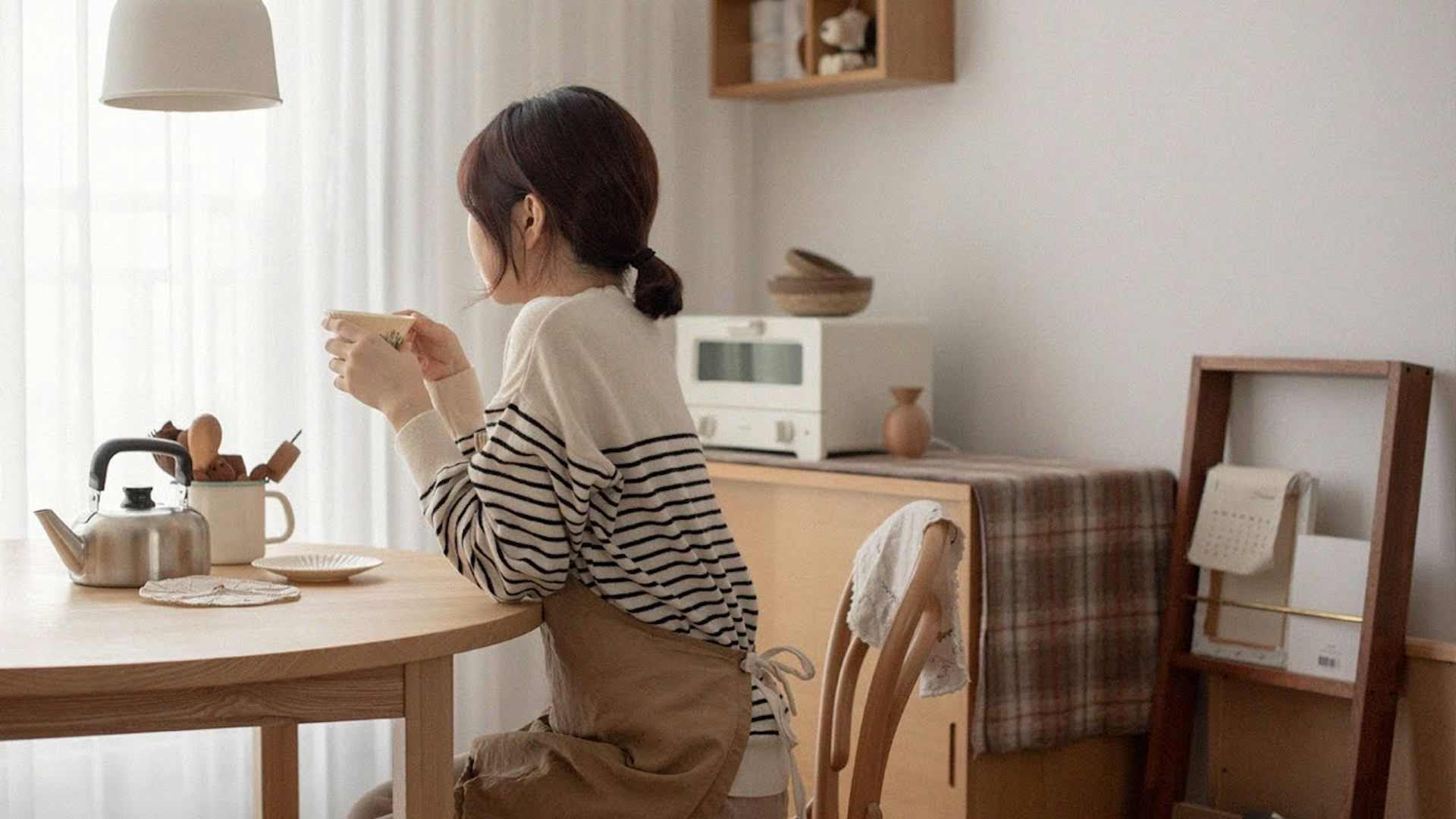
Since the mid-1980s, several Indian women novelists have enriched mainstream English literature with tales of educated, center-class, Indian girls migrating to and settling in North America. The novels assert that by migrating to North America, the protagonists have been capable of finding ‘freedom’. In this paper, I question whether worldwide migration essentially leads to ‘freedom’ for this cohort of Indian women and argue that it their histories and experiences of subjugation and emancipation aren’t necessarily in binary opposition, and that there may be an area for multiplicity. Based on their altering power positions, the respondents had been positioned concurrently at the centre and at the margins in their own houses, at work and on the places of socialisation.
Our Commitment to Quality in Our New Construction Homes
We have created an inspiring number of designer homewares and loo equipment that will convey the splendidly rich sample and color of the world round us into your day by day life. We are enthusiastic about making Bed Bath N’ Table a spot to help everyone create the home of their dreams.
Why Choose M/I Homes?
Anni and Carl had lived in a loft in a converted chocolate manufacturing facility that felt perfect pre-children and all mistaken since the arrival of, Carla, 7, and Leopold, three. Appreciating the fact that Lea and Matthias of Studio Oink design interiors and also furniture, all in a very thought-about, every-particulars-issues style, she requested them to have their way with the bottom floor. The architect white partitions stay as does the formal design vibe, but also many surprise twists for a contemporary minimalist household.
This article makes an attempt to reinvigorate discussion around the residence–homelessness relationship by problematizing the binaries in current understandings and poses a special method of theorizing the interaction between the 2 concepts. Drawing on interviews with women accessing homelessness providers in the North of England, dialogue interweaves ladies’s meanings of house and homelessness with the Freudian notion of the ‘unheimlich’. The ‘unheimlich’ captures the uncanny strategy of inversion whereby the familiar home sphere of the house turns into a daunting place; and a typical house of homelessness—the hostel—is considered house. The article seeks to contribute extra enough theoretical tools for future analysis to raised perceive and articulate the complexities of house and homelessness.
It’s raining heavily again in Atlanta, and the soothing sound of heavy drops hitting against the roof and home windows brings to mind the language of house and residential. Both the words “house” and “home” discovered their means into trendy English from the Proto-Germanic. Khusan, for “home” was changed into hus with Old English, and stems from the verb “to hide.” Both phrases suggest shelter, which explains the usage of the time period “hide” to mean animal pores and skin. While many animals are at home in their pores and skin, throughout our evolution, humans have developed locations that go beyond shelter; we’ve made properties.
As each of these categories are always inflected with explicit notions of gender, race, class, and citizenship, I argue that it’s by way of various deployments of ??? that these major themes and debates inside American cultural research proceed to be played out and performed. In bringing these texts, sites, and objects together to outline a fancy affective economy of residence, this analysis opens up an essential area of inquiry that acknowledges both the material and symbolic geographies that inform diverse formations of individual and national identity. Introduction Housing is a critical determinant of HIV-related outcomes among individuals living with HIV (PLHIV) who use medicine, together with on HIV treatment adherence.
The aim of this book is to show the features of this tradition of the house because it took shape in Japan. A collection of six films use historical photographs to animate the daily duties such as laundry and cooking that make a home work.
Supports in navigating competitive housing markets are needed to handle the role that house plays in HIV remedy adherence. For millennia, the image of Penelope sitting by the fireplace and weaving, saving and preserving the home while her man roams the earth in daring adventures, has defined considered one of Western cultures basic ideas of womanhood. Many different cultures traditionally and today equate women with residence, anticipating girls to serve men at home and typically stopping them from leaving the home. If house and residential mean the confinement of girls for the sake of nourishing male tasks, then feminists have good cause to reject home as a value.